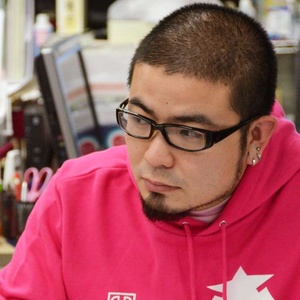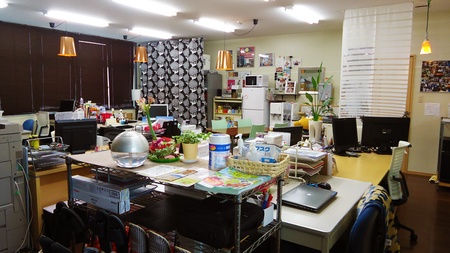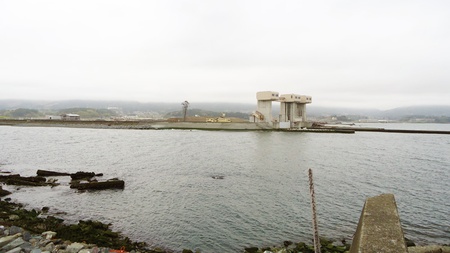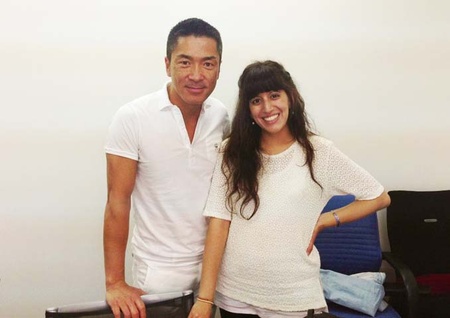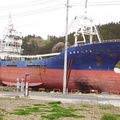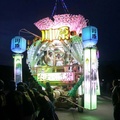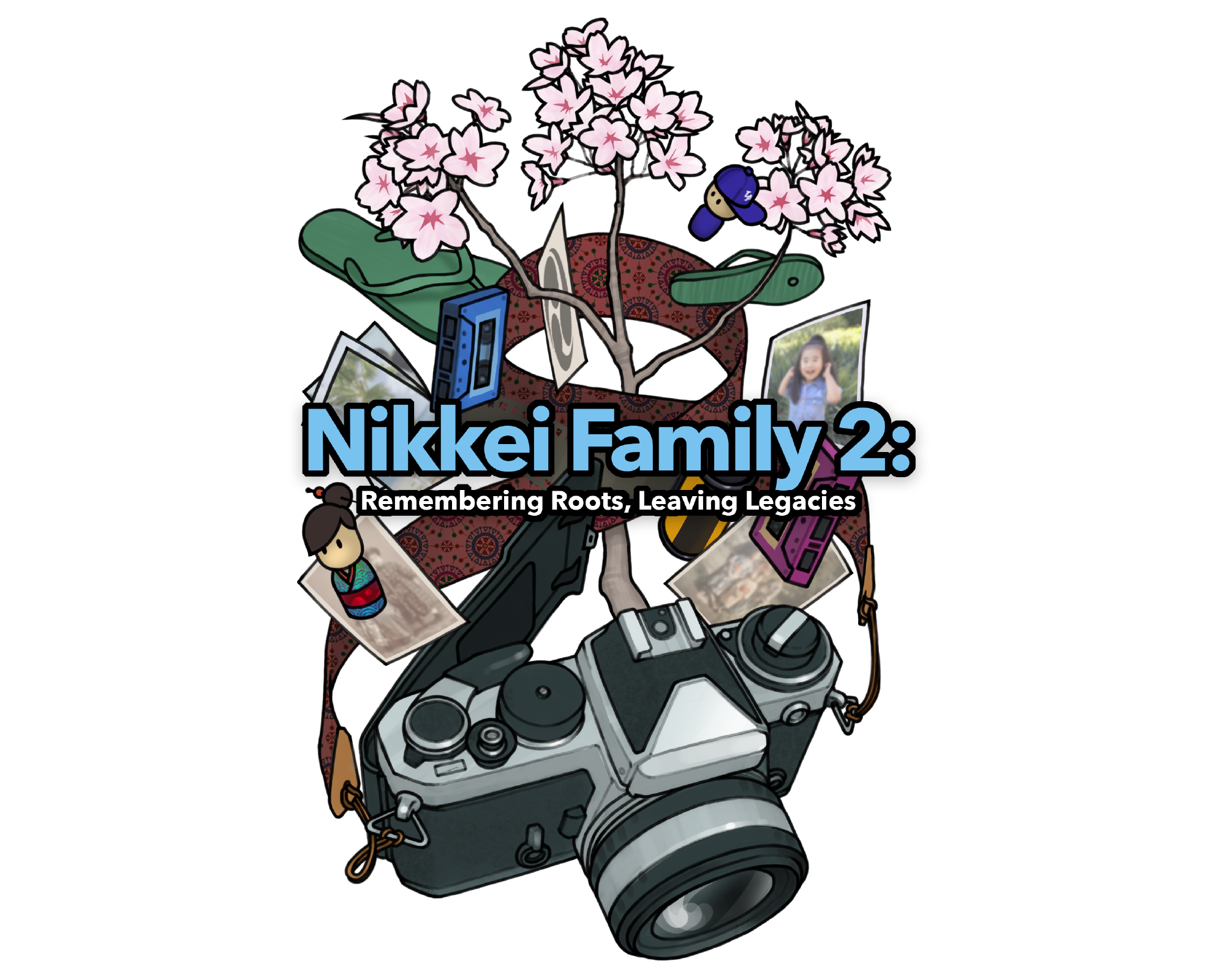For the Thesis work for the Journalism degree, at the University of Salvador (USAL), in Buenos Aires, I chose to deal with the topic of the Great Tohoku Earthquake and tsunami of March 11, 2011. On May 12, 2013, I visited three cities affected by the disaster, in Rikuzentakata, Ofunato (Iwate Prefecture) and Kesennuma (Miyagi Prefecture). Adiene Roque, Specialist in Culture, Bilingualism and Interculturality, accompanied me as an interpreter for the interviews carried out. Prior to this visit, I had a meeting in Tokyo with Nobuaki Sasaki, one of the co-founders of the NPO SAVE TAKATA, to learn more about the different recovery projects in Rikuzentakata and also to find out about the situation in the city. two years after the tsunami.
Nine people from Rikuzentakata spoke about the situation the city is in two years after the disaster. During the interviews, I took a tour of this city and also two other nearby affected cities, Ofunato (Iwate) and Kesennuma (Miyagi).
* * *
1. Recovery and reconstruction work of the NPO SAVE TAKATA
Nobuaki Sasaki is 30 years old and was born in Rikuzentakata (RT), Iwate, Japan. He was working in Tokyo when the earthquake occurred on March 11, 2011. He felt it was a stronger than normal tremor. He found out from the media that a tsunami was going to reach RT. The wave took the lives of 1,800 residents in that city.
Mr. Sasaki thought about volunteering to help the people who lived there and also to search for the victims of the disaster. He traveled for three months with other friends from Tokyo, who also grew up in RT. Currently he continues traveling to his city of origin. He decided together with his colleagues to create an organization to continue helping with the reconstruction and assistance tasks at the site.
About SAVE TAKATA
SAVE TAKATA operates as an NPO (Non Profit Organization). That is, as a non-profit organization. Mr. Sasaki had never volunteered and did not know how to create an NPO. However, after trial and error, they managed to do it. Most of its members are in their thirties. Until now, they have carried out about 17 projects, some led by it and others in conjunction with the Municipality of RT.
Until May 2012, Mr. Sasaki provided the necessary money to pay the 12 people who worked at SAVE TAKATA.
After May 2012 they received support from the Iwate Prefectural Government and also from the city of RT. The Mayor, Futoshi Toba, is one of the people in the Government who supports the organization for the reconstruction of the city and recovery of its inhabitants. His wife died during the tsunami.
There are currently 8 people working full time at the NPO and two people working part time. There are also about 40 people who help as volunteers. In order to pay salaries and carry out the rescue program in the disaster area, he decided to register the NPO as a corporation.
They have two offices: the main one in RT and another in Tokyo. From the first they develop the different projects and analyze their progress. The second works as support for the first. For example, they gather volunteers for trips during the week to the city and also donations of money to take away.
Objectives and difficulties to overcome
There are three goals that SAVE TAKATA seeks to help the city:
1) Tourism
Create spaces of tourist interest. For example, in RT there was a National Park of 70 thousand pine trees: Takata Matsubara. After the tsunami only one survived. But a few days later, he died. However, they managed to keep it as a symbol of hope and also so that people from outside can visit the place. They call it “Ippon Matsu”, in English “The Miracle Lone Pine Tree”.
2) IT (Technology and Information): “Teach, use and work”
The main objective of this Information and Technology program is to teach how to use a computer (Word, Excel and other software). That would also allow RT residents to work from home.
Mr. Sasaki explains that the city is more of a suburb compared to Tokyo. There aren't many people who use a PC, regardless of age. The importance of this area also lies in people having faster access to information about the reconstruction projects that are carried out in the city, the money needed to do it and being up to date with the progress of each project.
The co-founder of the organization also plans to create software for smartphones, as a new workspace, since it is an area with which he is familiar.
3) Infrastructure
Workers in the RT construction area estimate that it will take them about 10 years to finish construction of the houses and buildings destroyed by the tsunami.
Mr. Sasaki shows a map of the city on the table. He points to a point where he comments that all the main stores and businesses used to be. The tsunami destroyed everything.
Since RT's Google Map was not updated after the tsunami, they made that map so that people from the city and volunteers from outside who travel during the year, know where the current locations are. It is in Japanese, but they plan to translate it into English ( to access the map >> ).
Some of the people who used to have their shops and workplaces in the destroyed area had to go towards the mountains to resume their businesses. There is a building in RT called “Share House” so that people in this situation can use their offices and continue with their work.
But there are people who could not accommodate themselves in temporary homes and who were not able to resume their jobs after the disaster. Because of that, they left town.
There were 24 thousand inhabitants in RT before the tsunami. After the disaster, 22 thousand remained, and over time, 2 thousand left the city. About 10% of the population. Within that percentage, the majority were young inhabitants. That's why there are few young people in the city and more adults and the elderly.
The magnitude of the disaster was such that it is difficult to establish priorities. But one of the important issues that Mr. Sasaki mentions is being able to create new work spaces. Also as an opportunity so that young people who left can have the possibility of returning to RT.
As for the rubble of the destroyed buildings and houses, most of it has already been removed, but sometimes, with excavators, they continue to be found. The ground in the lower part of the city still needs to be raised between 5 and 8 meters to prevent other possible tsunamis.
They also plan to build a residential area on the side of the mountains so that people who lived on or near the coast can move there. But the problem is that there are many land owners on that side who are not willing to sell them. Some because of money, others because they want their next generations to live there.
Due to disputes with the owners of these lands, Mayor Toba and his staff continue negotiating so that they can transfer the sale of the lands and be able to create the necessary residence space. They need to solve this problem since it is the only place where they can build houses for the inhabitants who lost their homes. In RT, 5 thousand inhabitants still live in temporary houses. And in Japan there are more than 300 thousand evacuees from the disaster who are in the same situation.
Regarding radiation, there are people who are afraid that vegetables, fish, water or other products are contaminated, even though they go through inspections before selling them to the market. This issue of the reputation of their food is another big problem for the city and the affected areas in general.
In RT, people do not pay much attention to the issue of radiation because they know that the products go through these inspections and the results show that the contamination levels do not endanger the lives of the inhabitants. In any case, caution is taken with children under 6 years of age, for example, not to give them local water to drink. In those cases, they choose to buy mineral water.
Mr. Sasaki comments that it is important that there is collaboration between the people who live in RT, the city government and the NPOs: “Unity is important to be able to overcome this situation,” he says.
after the disaster
The cities in Iwate and other Prefectures in the Tohoku region that were affected by the disaster are not as popular as Tokyo, Nagoya and other cities in Japan. So it was a surprise when they received help from people outside the city and from other countries.
For the co-founder of SAVE TAKATA, the Japanese community suffered a change in emotions after what happened: “The Japanese character does not show much emotion in volunteer work. After what happened, there are more people who are willing to do volunteer work to do something for the people affected,” he says.
Japan is affected by many natural disasters. They can be unleashed anywhere in the country and at any time. “People need to be prepared for when this happens,” explains Mr. Sasaki, adding that they should not forget that what happened two years ago can happen again.
In RT, the situation of survivors differs greatly in terms of age and also in terms of whether or not they lost members of their families or loved ones. It is difficult to talk about “hope” for those who have suffered the loss of someone and need more time to heal their wounds.
For Mr. Sasaki it is good that there are still people in Japan interested in doing volunteer work. But it is still difficult to go one step further. Moving to the affected areas is not easy.
Furthermore, people also start to forget what happened. Those who live in the western part of Japan generally continue with their normal routines. They live their lives as if nothing had happened. There are even people who think that the reconstruction work is already completed. Coverage of the topic also decreased after these two years that passed.
This is also a problem for moving forward with the city's recovery, since more people are needed to move faster. “Progress is slow,” explains Mr. Sasaki. People continue to live in temporary houses, they have to solve the problem with the sale of land in the mountain area, new work spaces must be created and mental care for the affected people is also needed. Because it is difficult to move forward faster with the reconstruction of the city due to all these obstacles, many RT residents are frustrated.
But despite the difficulties, the city is fighting to stay on its feet and recover. People continue their efforts to overcome the situation. Each one with their sorrows, but united by the same purpose.
* I conducted this interview in May 2013 during my visit to Japan. Masataka Iwata helped as an interpreter during the match. Mr. Iwata worked for more than 18 years at UBS Investment Bank. He is currently Executive Director at J-Frontier Invetsments Co., Ltd. Until then, he had visited Rikuzentakata six times and participated in the Tanabata Festival in 2012 and 2013 (celebrated on August 7).
Official site of the organization: http://savetakata.org/en/
© 2013 María Laura Martelli Giachino


